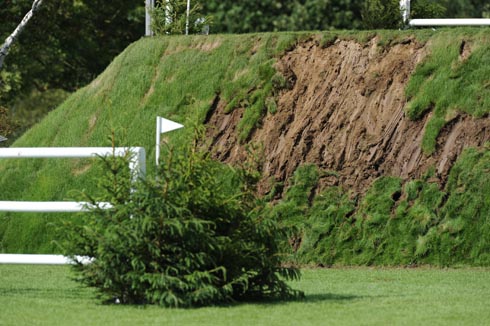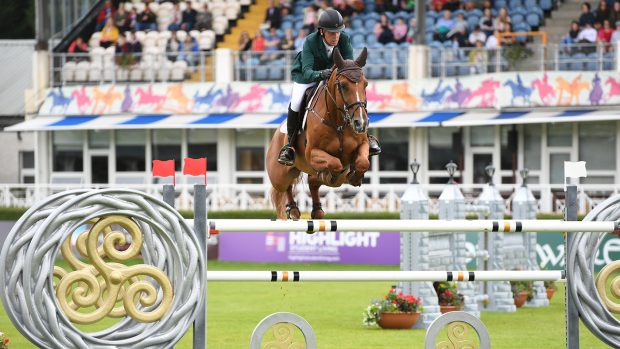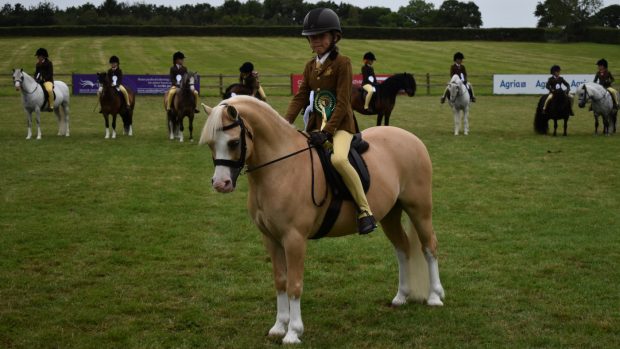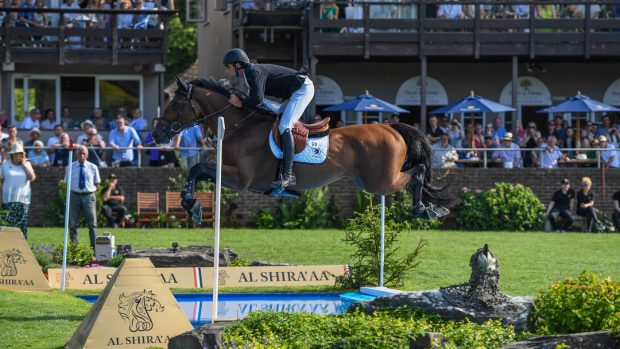The Hickstead Derby Bank is iconic and famous around the world
Created by the late Douglas Bunn in 1961, the Hickstead Derby Bank was inspired by a similar obstacle in Hamburg. Wanting to make the Hickstead bank the biggest in the world, Bunn took meticulous measurements of the Hamburg bank, then added a few extra inches as he wanted his derby course to be the toughest yet.
It is widely believed that the Hickstead Derby bank is even bigger than was originally planned because there was snow on the Hamburg bank when it was measured. Standing 10ft 6in tall, it is the highest competition bank in the world.
As Bunn had predicted, many of the riders in the first Hickstead Derby refused to jump the obstacle stating it was ‘too dangerous’ and ‘a risk for the horses’. Ireland’s Seamus Hayes put aside these concerns and became the first rider to win the Hickstead Derby after successfully negotiating the bank on Goodbye.
The original bank was predominately built of chalk with a layer of clay encasing it. The internal structure was changed to concrete in 1969, and first used in competition in 1970. This was deemed safer and reduced slipping during the descent.
Today the bank is less steep than it used to be following work in 2005 to lessen the angle of the bank’s face from 52 degrees to 60 degrees. At the time, Bunn said the ‘changes have been made simply because less horses are educated in the hunting field, where this type of obstacle is met’.
Despite the adjustments in 2005, problems at the Hickstead Derby bank are routine every year. The 3ft 5in fence, the smallest on the course at the top of the bank, is repeatedly rolled as the riders anticipate the looming cliff edge. This short distance, only 16ft between the fence and the bank, can surprise the horse causing hesitation and refusals and very occasionally a spontaneous leap from the top.
With another obstacle only two strides from the bank’s base, a safe and well-balanced descent is crucial. The preferred technique is for the horse to slide down the face of the bank, jumping off around half way down, giving two strides to the big upright rails.

With an average of only one clear round per year, the Hickstead Derby bank, combined with other famous natural obstacles such as the Devil’s Dyke, make the Hickstead Derby a truly unique showjumping challenge.
Visiting the Hickstead Derby
This year’s British Jumping Derby Meeting is taking place at the All England Jumping Course, Hickstead from 19-23 June. The LED Sport Europe Speed Derby is held on Saturday over a track that includes the Irish Bank and the less steep side of the Derby Bank. The main Hickstead Derby class is on Sunday, including the steep side of the Bank, and the Devil’s Dyke. Tickets are available from www.hickstead.co.uk or tel: 01273 834315. If you can’t attend Sky Sports will be broadcasting action from Hickstead on Friday, Saturday and Sunday afternoon.
Don’t miss our Hickstead Derby preview in 13 June H&H magazine, plus the full report, photos and reaction from the British Jumping Derby meeting in 27 June H&H magazine and at www.horseandhound.co.uk during the show.



